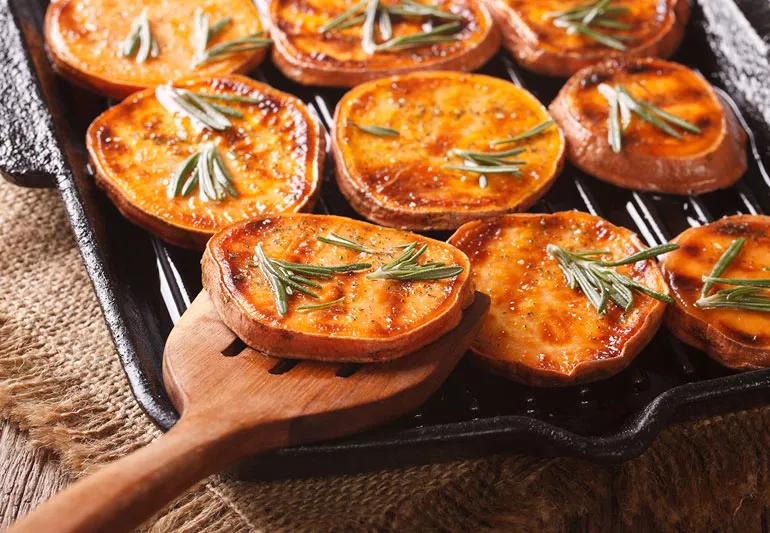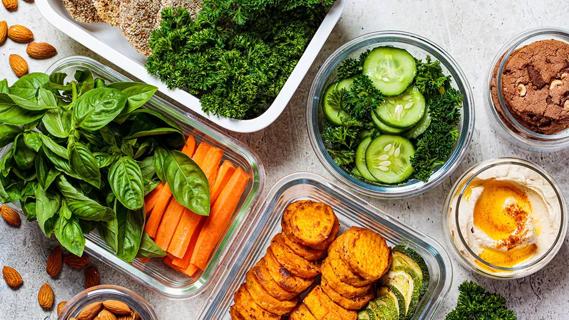Portion distortion works both ways

When the food on your plate or in your bowl doesn’t match a proper, healthy serving size, you may have “portion distortion.”
Advertisement
Cleveland Clinic is a non-profit academic medical center. Advertising on our site helps support our mission. We do not endorse non-Cleveland Clinic products or services. Policy
But food lovers, rejoice: Portion distortion goes both ways. Registered dietitian Kristin Kirkpatrick, MS, RD, LD, explains that there are some foods people tend to overeat, but there are certain foods people eat in too-small portions, too.
The four foods below come with plentiful health benefits — and you can probably eat more of them than you think.
Advertisement
Advertisement
Learn more about our editorial process.
Advertisement

With a focus on internal cues for hunger and fullness, this eating style may revolutionize your relationship with food

Review the ingredients, watch for sugar and fat, and choose one with the right amount of protein for your needs

A typical recommended balanced diet is half fruits and veggies, a quarter protein and a quarter grains

Foods high in protein, fiber and water can help keep hunger at bay

This quirky food trend is harmless, as long as you’re getting enough protein, fiber and healthy fats

Wrapped or sandwiched, try to choose fillings and condiments that are minimally processed, low in saturated fat and high in fiber

Set yourself up for success by carefully choosing your recipes, storage containers and prepping day

These breaks may have some benefits — but they promote an unhealthy attitude toward food

If you’re feeling short of breath, sleep can be tough — propping yourself up or sleeping on your side may help

If you fear the unknown or find yourself needing reassurance often, you may identify with this attachment style

If you’re looking to boost your gut health, it’s better to get fiber from whole foods